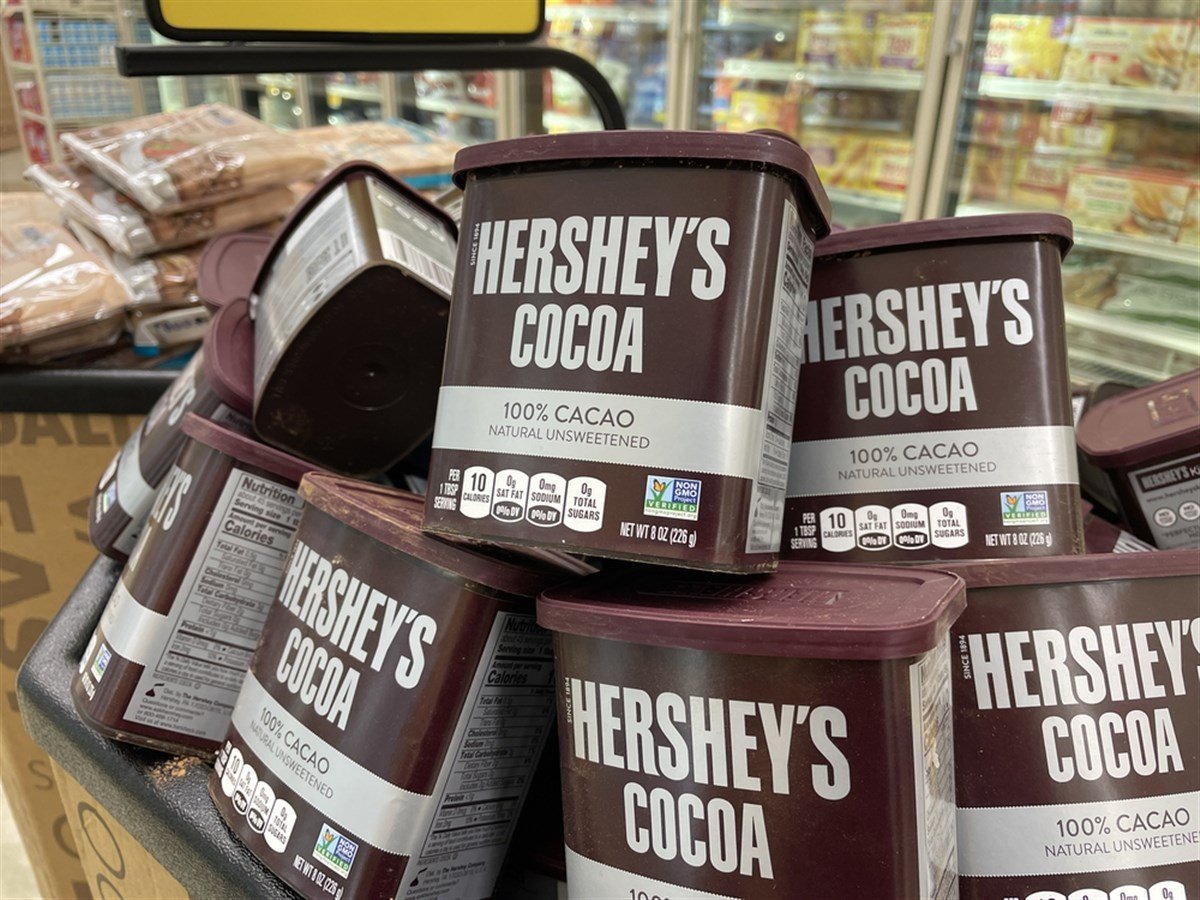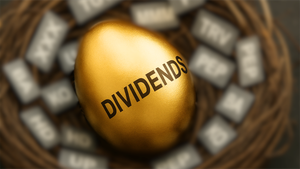
When considering a stock, the lion’s share of investor attention typically goes to price appreciation. Still, there is one other – less popular – side to stock investing. Dividends can act as an investor’s best friend if they acquire a stock cheap enough to lock in a higher dividend yield. To clarify, the relationship between price and dividend yields is inverse.
Because of this, looking for stocks that have recently sold off or traded close to their 52-week low prices can be a profitable hunt for investors looking to lock in higher dividend income. Today’s economy is something economists never wanted to forecast in the past, but before investors dig into the economic environment, here are three stocks paying high dividends due to their low prices.
Shares of The Hershey Co. (NYSE: HSY) now trade at 70% of their 52-week high, only 2% away from the company’s 52-week low. Then comes PepsiCo Inc. (NASDAQ: PEP), which trades at 87% of its 52-week high, but don’t be fooled because this price is still only 7% away from its 52-week low price.
Lastly, Comcast Co. (NASDAQ: CMCSA) trades at 81% of its 52-week high, tightly close (5.6%) to its 52-week low. Despite their discounts, here’s why they matter in today’s economy.
Hershey's Profits Highlight Why It's a Top Stock to Own
One of the primary metrics investors like Warren Buffett look for is profits, not just any profit. Return on invested capital (ROIC) is the most straightforward metric to gauge whether a business is going in the right direction.
Unlike its cousin, return on equity (ROE), ROIC accounts for the company’s debt and will punish it if it is too leveraged. Hershey’s financials show an average ROIC rate above 25%, demonstrating an ability to compound the business’ – and investors’ – capital over time.
This same profitability enables management to keep – and increase – the company’s dividend payouts. On an annual basis, Hershey pays investors $5.5 a share in dividends, or an annualized dividend yield of up to 3.0%.
Because U.S. GDP growth was revised to only 1.3% in the past quarter, while inflation remained above 3%, the U.S. economy is now in what’s defined as stagflation. Investors need a company like Hershey to generate high ROIC with an added dividend to beat this economic phenomenon.
Knowing that it could become an investor preference soon, Wall Street started paying attention to Hershey stock. Those at Argus saw it fit to boost Hershey’s price target up to $204 a share, calling for a 12% upside from today’s price.
How Pepsi Stock’s Non-Cyclicality Cushions Investors with High Income
Whether the economy is booming, busting, or in stagflation, consumers will always have room in their budgets for the products they are most loyal to. Pepsi owns roughly 26% of the U.S. soft drinks market; while it’s not the 46% Coca-Cola Co. (NYSE: KO), it is still enough to get investors through the cycle.
Because of this significant market share, Pepsi’s financials will show investors a gross margin rate of over 54%, which is typical of brands with pricing power. Through these high margins, Pepsi management can invest this capital at an average ROIC rate of 18%.
But ROIC isn’t the only way investors can tap into the wonders of compounding; some of this retained profit is sent back to investors through an annual $5.4 a share dividend payment, or a yield of 3.2%, a rate investors can lock in through today’s cheap stock prices.
Because PepsiCo has chosen to partner with hyper-growth brands in the industry, such as Celsius Holdings Inc. (NASDAQ: CELH), investors have another path forward to expect steady – and growing – dividend payments down the road.
Short Sellers Pull Back from Comcast Stock
Over the past month, Comcast stock’s short interest declined by over 4.6%, showing an increasing weakness on the bearish side of the equation. Why these short sellers are losing interest in going against Comcast stock is up for debate, but here are a few potential reasons.
The stock now offers investors a $1.2 annual dividend payout, which would translate into a 3.2% yield at today's stock prices to help cushion this sticky stagflation. More than that, analysts at Benchmark now forecast Comcast stock's valuation to go as high as $55 a share, daring it to rally by 42.8% from where it sits today.
More than that, Comcast’s financials show a gross margin of 70%, enabling management to keep more capital on deck available for these continued dividend payouts.
But that’s not all; because of these high margins, Wall Street is also forecasting earnings per share (EPS) growth of 6.2% in the next 12 months, not an easy feat for a company with a $151 billion market capitalization, particularly one in the consumer staples sector.




